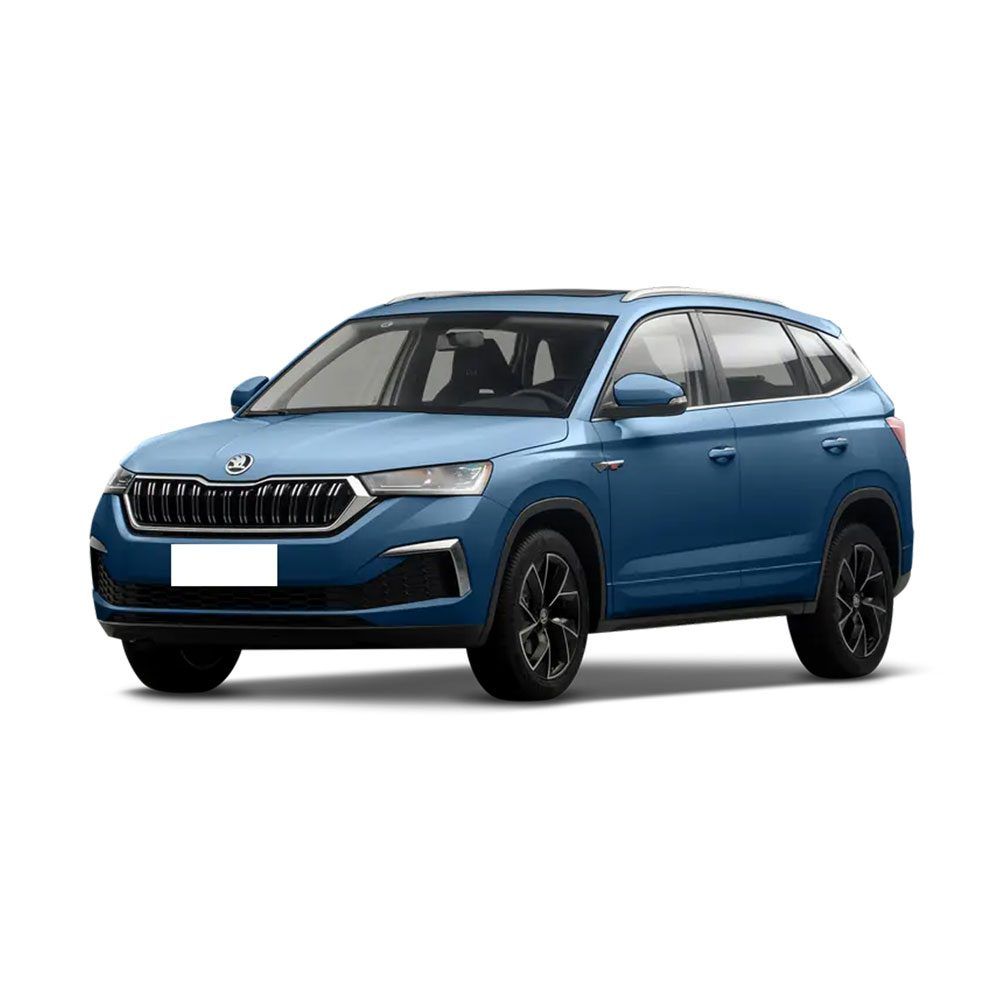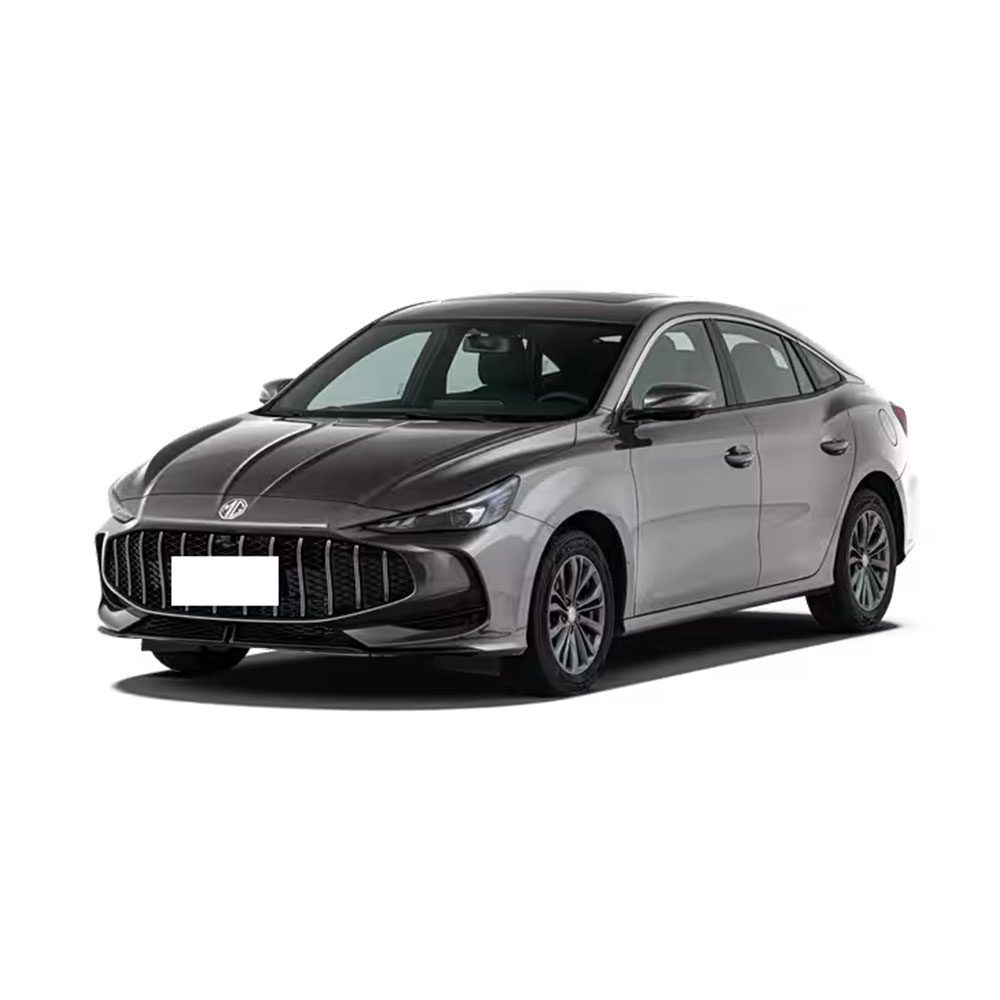BYD VS Tesla – Technology, sales volume & user positioning
BYD VS Tesla – Technology, sales volume & user positioning
August 20, 2025
Are BYD Cars better than Tesla?This question cannot be answered with a simple “yes” or “no,” as it requires an objective comparison from multiple perspectives. Currently, both BYD and Tesla have strong performances in core technologies, market presence, brand characteristics, product positioning, and intelligent systems. Let’s dive deeper into the details with Ahcarsale!
I. BYD vs. Tesla: Market Performance
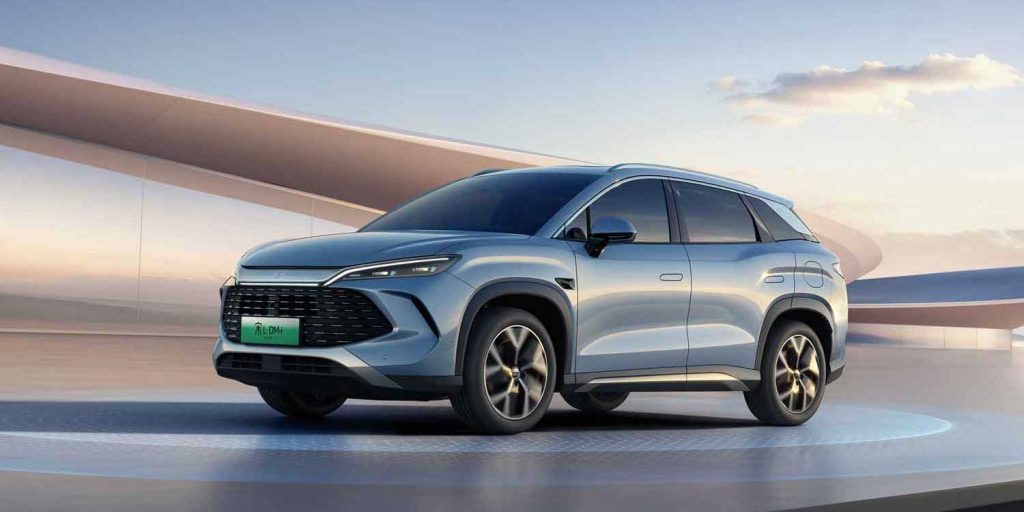
Sales and Market Share
- BYD ranked first in global pure electric vehicle (BEV) sales in the second quarter of 2025, with an 18.3% market share, representing a 43% year-on-year increase.
- Tesla ranked second with an 11.7% market share, but its sales declined by 14% year-on-year, with downturns in key markets such as China, North America, and Europe.
- BYD’s plug-in hybrid electric vehicles (PHEVs) also lead the market, holding a 28.9% market share, though this represents a 12% year-on-year decline due to competition.
Regional Expansion
- BYD has experienced rapid growth in European and Indian markets: sales in the UK surged by 314%, and sales in India in the first eight months of the year have already surpassed the total for all of 2024.
- Tesla’s popularity has declined in European and American markets, with consumers shifting towards luxury brands like Audi and BMW. Additionally, the pricing of its Full Self-Driving (FSD) software does not align with consumer expectations.
II. BYD vs. Tesla: Products and Technology
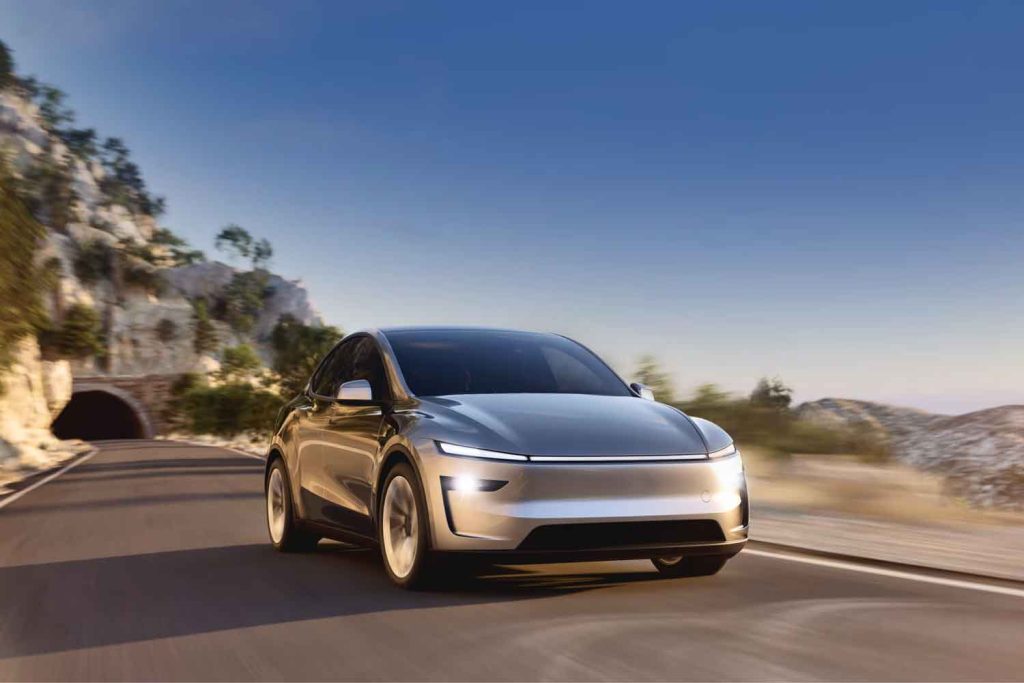
1. Models and Positioning
| Feature | BYD | Tesla |
| Representative Models | Dolphin (entry-level hatchback), Song series (SUV) | Model Y (SUV), Model 3 (sedan) |
| Starting Price | Approx. $29,990 (Dolphin) | Approx. $55,900 (Model Y) |
| Range | 410 km (Dolphin) | 510 km (Model Y) |
| Power Performance | 70 kW/180 Nm (Dolphin) | 220 kW/350 Nm (Model Y) |
| Charging Speed | Peak 60 kW | Peak 170 kW |
| Intelligent Features | Xpilot Assist (high-speed navigation, smart parking) | FSD Full Self-Driving (requires expensive optional purchase) |
| Patent Innovations | Drift Control Patent (lowers operational) | Integrated Electronic Architecture |
2. Technological Advantages
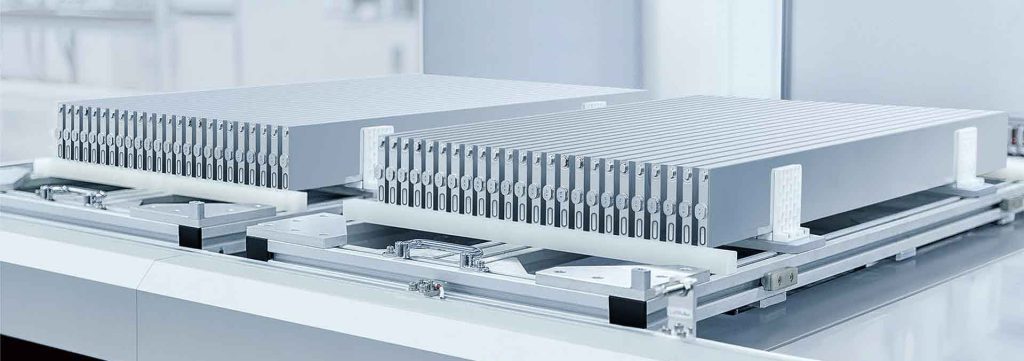
- BYD:
- Blade Battery Technology: Enhances safety and energy density.
- DiSus System: Improves body control, balancing comfort and handling (e.g., iADC Intelligent Drift Control System).
- Xpilot OTA Updates: Adds features like narrow space parking and traffic efficiency optimization, with a commitment to parking safety.
- Tesla:
- FSD Full Self-Driving: Leads in algorithm technology, but its high price (one-time purchase of $8,000) means only 12% of consumers are willing to pay for it.
- Supercharger Network: Extensive global coverage of fast-charging infrastructure.
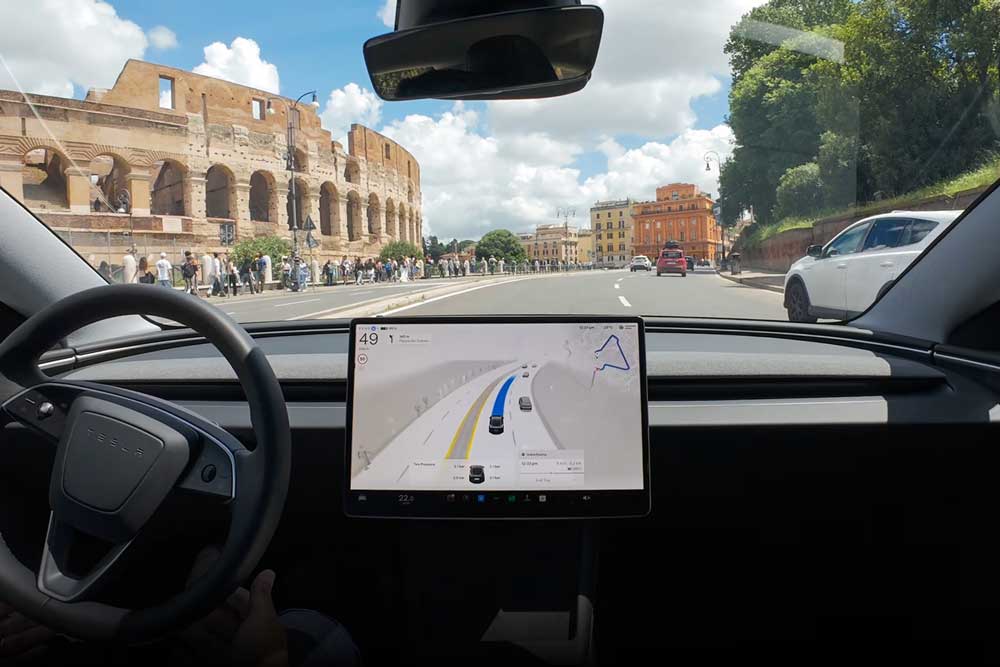
III. BYD vs. Tesla: User Positioning
Declining Appeal of Tesla:
- Global preference for Tesla has dropped from 22% to 18%, and in the Chinese market, it has been surpassed by BYD and Xiaomi.
BYD’s Advantages:
- Cost-Effectiveness: BYD’s models are typically 30%-50% cheaper than Tesla’s in the same segment.
- Localized Innovations: Better suited to the needs of Asian and European users (e.g., multi-scenario parking features).
IV. Conclusion: How to Choose Between BYD and Tesla?
Choose BYD if:
- You prioritize cost-effectiveness and practicality for family use;
- You need plug-in hybrid options (PHEV);
- You value battery safety and localized intelligent features (e.g., parking assistance).
Choose Tesla if:
- You seek brand prestige and high performance (0-100 km/h acceleration);
- You rely on the Supercharger network and long-term autonomous driving iterations;
- You prefer minimalist tech-style interiors and global brand recognition.
Ultimate Advice: Test driving is key! Tesla still holds advantages in performance and autonomous driving, but BYD is reshaping the market landscape with its more comprehensive product lineup and cost-effectiveness.
